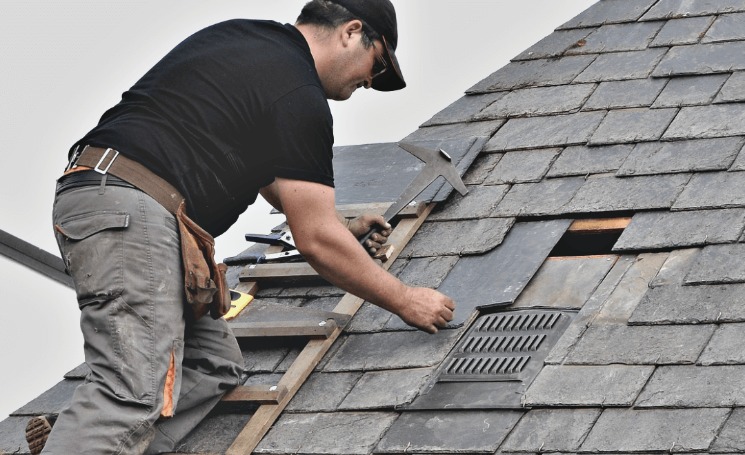
Ensuring the durability and reliability of your building’s roofing system is a critical aspect of property management. This is why commercial roof inspections are indispensable to maintaining your investment. These inspections aren’t just routine procedures; they are essential for preventing expensive repairs and prolonging the lifespan of your roof.
Why Commercial Roof Inspections are Essential
Regular commercial roof inspections provide a detailed analysis of the current condition of your roofing system. Here are several reasons why they are crucial:
- Early Detection of Issues: Inspections identify minor problems before they escalate into significant repairs.
- Cost-effective Maintenance: Routine checks can help avoid costly emergency repairs and extend the life of your roof.
- Compliance: Many local building codes and insurance policies require regular roof inspections.
Key Elements of a Commercial Roof Inspection
An effective commercial roof inspection comprises several critical elements:
- Visual Inspection: Checking for visible damage such as cracks, punctures, and unsecured materials.
- Drainage Assessment: Ensuring there are no blockages and the drainage system is functioning correctly.
- Structural Integrity Check: Evaluating the roof’s structural support to ensure it can withstand environmental stresses.
- Insulation Examination: Verifying that the insulation is intact and performing efficiently.
Read more about commercial roof inspections here.
The Benefits of Professional Commercial Roof Inspections
Choosing professional services for commercial roof inspections brings several advantages:
- Expert Analysis: Professionals provide a thorough examination and expert recommendations for maintenance and repairs.
- Safety Assurance: Specialized equipment and expertise ensure safety during the inspection process.
- Documentation: Detailed reports and documentation help in maintaining records for future reference and compliance with local laws.
How Often Should Commercial Roof Inspections Be Conducted?
The frequency of commercial roof inspections depends on several factors including the roof’s age, material, and environmental conditions. Generally, it is advisable to have an inspection at least biannually—once in the spring and once in the fall. Additional inspections may be required after severe weather events or if the building experiences any changes that could impact the roof’s integrity.
Conclusion
Investing in regular commercial roof inspections is a proactive approach to maintaining the longevity and functionality of your building’s roof. By identifying potential issues early and performing necessary maintenance, you can avoid costly repairs and ensure the safety and satisfaction of your building’s occupants.
Schedule your next commercial roof inspection today to safeguard your investment and achieve peace of mind.





